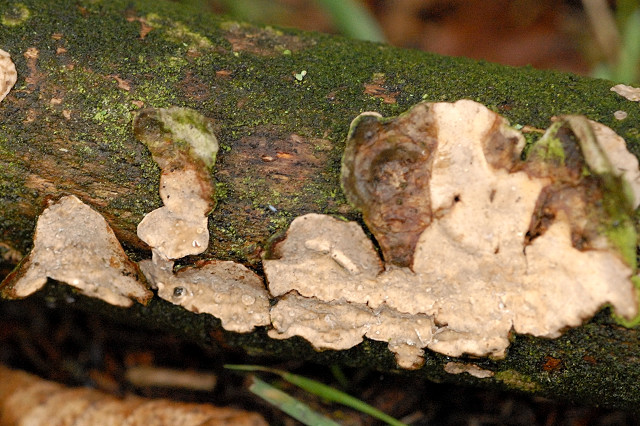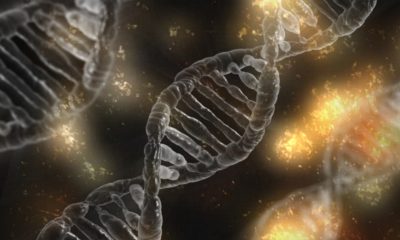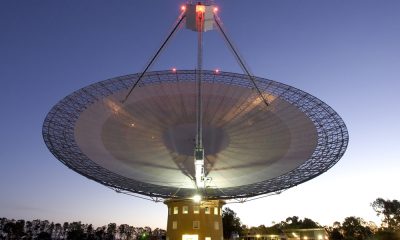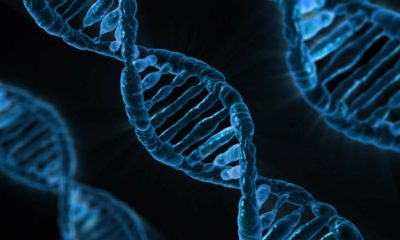
You’ve probably never heard of PFASs.
Perfluoroalkyl and polyfluoroalkyl substances are synthetic chemicals used in non stick cookware, stain resistant upholstery, shoe waterproofing, food packaging, and fire suppression tools.
You may not have been properly introduced, but they are still probably floating around in your blood.
HOW EVER DID THEY GET THERE?
PFASs are persistent in the environment, meaning they don’t break down when exposed to air, water, or sunlight. So although they are no longer manufactured in the United States, PFASs from a factory in another part of the world can drift around for a few years and end up in your drinking water. Or old PFASs that have spilled into the groundwater can grow into your food. An EPA report found PFASs circulating even in the Arctic’s air, water, and “living things,” whatever those are.
In short, they’re in the food chain. You can eat ‘em, you can drink ‘em, you can even breathe ‘em. All without knowing.
GROSS. SHOULD THEY BE THERE?
No! But they only might cause cancer. Results are inconclusive, but they’re definitely not good for you. Adverse effects that we know of can include liver damage, immune deficiencies, stunted development of infants during pregnancy or breastfeeding, and they’re bad for your thyroid.
BUT DON’T PANIC!
You’re probably fine. The point is not that you’ve been poisoned. This is one of the things that we just have to live with thanks to past environmental blunders and the convenience of modern comforts. But that doesn’t mean we have to keep drinking these ornery, unnaturally occurring little tidbits.
Researchers at Colorado State University’s Department of Environmental Engineering are developing a way to remove PFASs from groundwater before it runs through your tap.
You can easily filter PFASs out of water, but then you have to change the filters. As a large scale model, this doesn’t make much sense. When the used filter ends up in a landfill, it just transfers the (very persistent) PFASs to the soil there, so it hasn’t really solved the problem. But CSU research has revealed that if you sternly administer an electric shock to a PFAS molecule, about the amount that would come from a car battery, the PFAS gives up an electron and the byproduct is fluoride and carbon dioxide. The PFAS is gone.
ELECTROCUTING WATER IN THE FIELD
The technique developed by Colorado researchers is to pass contaminated groundwater through an electrolytic barrier–essentially a mesh screen–that delivers a 5 to 15 volt charge to the water as it flows through. The charge is powered by solar panels, and the filtration device could theoretically break down toxins in the water for years with very little maintenance or monitoring. The sun powers the panels, the panels charge the mesh screen, the mesh screen sends electricity through the water, which breaks down the PFASs. Contaminated water flows in, decontaminated water flows out.
It works in a laboratory, and field tests with this system have been successful on similar contaminants, but researchers are still working to scale the project to a level that can handle the hearty PFASs and purify water continually in the real world.
To that end, they are enlisting the help of a friendly, wood-rotting fungus called phanerochaete chrysosporium.

Image: James Lindsey at Ecology of Commanster [CC BY-SA 2.5 (http://creativecommons.org/licenses/by-sa/2.5) or CC BY-SA 3.0 (http://creativecommons.org/licenses/by-sa/3.0)], via Wikimedia Commons
Studies at the University of California, Los Angeles have had some success using this fungus to transform PFASs. Using the fungus in combination with electrolytic barrier technology could speed up the process, reducing the amount of electricity needed to create the transformative chain reaction, and thus reducing the cost of the whole process. The fungus, which thrives on oxygen, would “eat” some of the PFAS particles, and the electrolytic barrier would take care of the rest. Simple, right?
If the combination of PFAS-eating fungus with electroshock purification hits the mark, this could mean a sustainable and long term solution for getting PFASs out of the groundwater. Solar power modules could be installed in key locations around the country to combat contamination and transform PFAS particles once and for all.
REDUCING AND OMITTING PFASs
Naturally, the bigger goal is to stop producing the PFAS compounds altogether. But even if production was halted, there are still a lot of PFASs on Earth. At the moment, researchers are working to reduce the amount–or at least the size–of PFAS molecules in important products like firefighting foams.
Meanwhile, scientists at UCLA and CSU will keep working to implement a model that can successfully, sustainably decontaminate water in the field, so you can keep enjoying your 8 glasses per day.















Facebook
Twitter
Pinterest
Google+
LinkedIn
Email